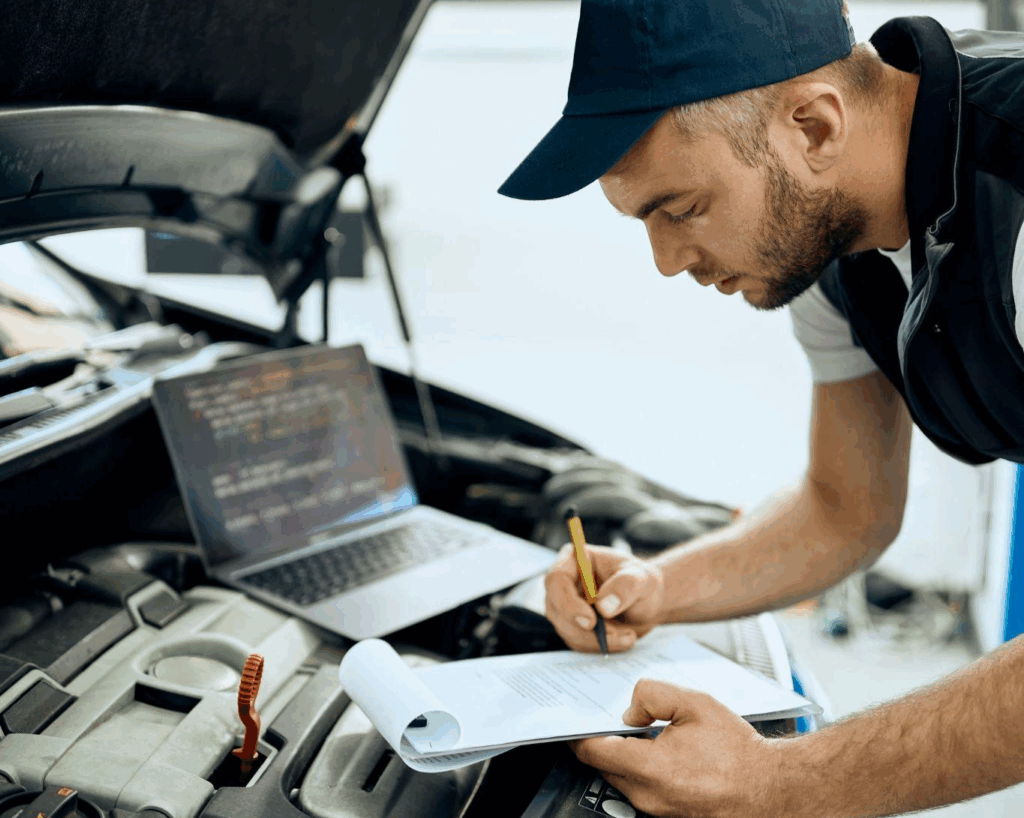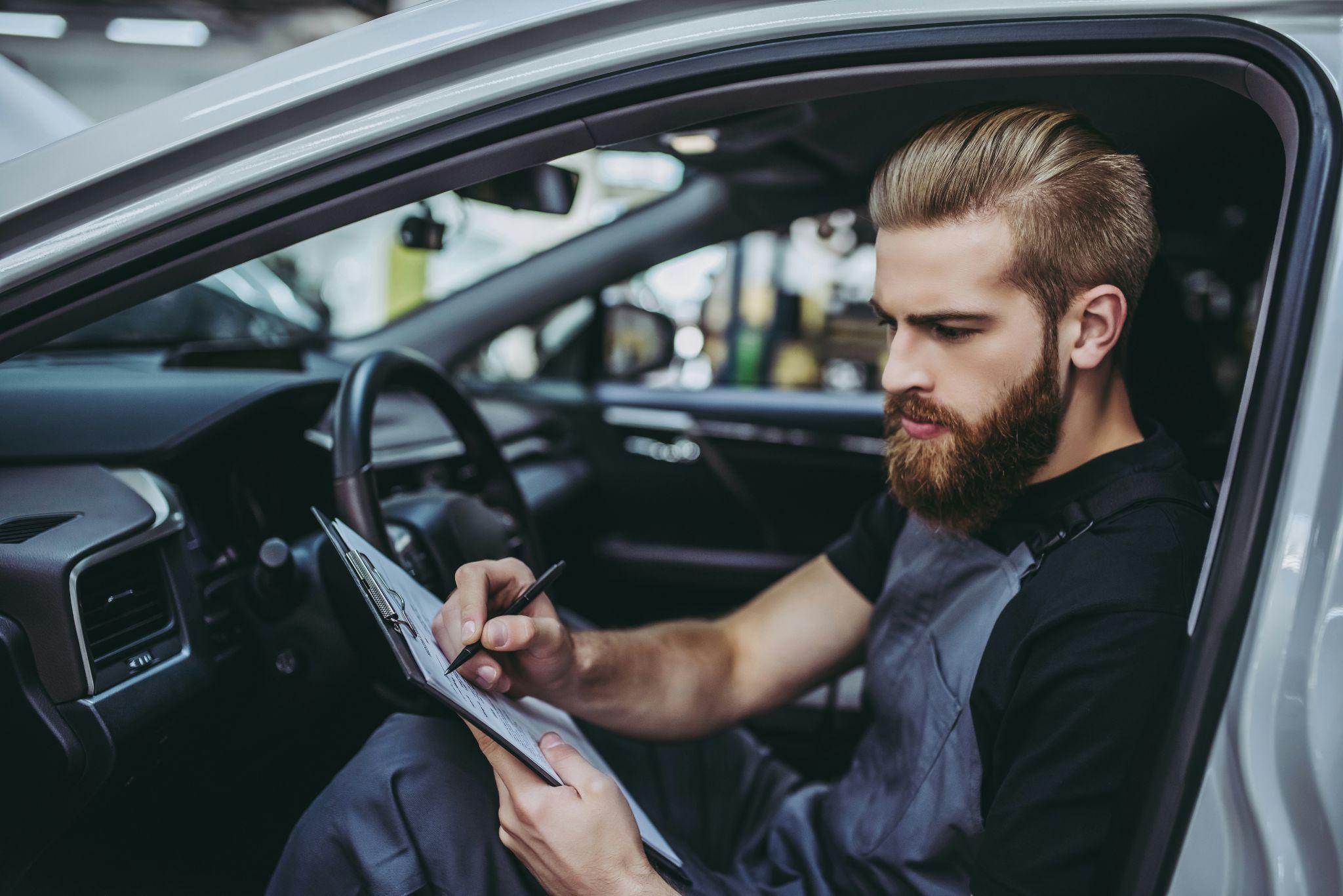As vehicles continue to stay on the road longer than ever before, auto interior repair has become a major priority for drivers who want their cars to look and feel new again. In 2025, the average vehicle age in the United States is at an all-time high, and owners are investing more resources into keeping their interiors clean, comfortable, and well-maintained.
With rising vehicle prices and a shift toward long-term ownership, repairing and refreshing interior components has become a smart, cost-effective alternative to replacing an entire vehicle.
Beyond appearance, interior repairs help preserve resale value, comfort, and safety. Whether it’s worn-out upholstery, cracked dashboards, sagging headliners, or damaged trim pieces, modern repair techniques and materials allow professionals to restore interiors to near-factory condition.
This guide breaks down everything drivers need to know about auto interior repair in 2025—what it includes, what it costs, when to repair versus replace, and how to choose the right professional.
What Auto Interior Repair Includes
Upholstery Repair and Replacement
Upholstery is one of the most common areas that require repair. Daily use leads to fabric wear, leather cracking, and vinyl peeling.
In 2025, repair specialists use advanced patching techniques, color-matching tools, and fabric replication technologies to restore seats without needing full replacement. Smaller rips and burns can often be fixed with seamless patching, while larger issues may require panel replacement.
Dashboard and Panel Restoration
Dashboards are vulnerable to heat and UV exposure. Over time, they can crack, fade, warp, or separate at the seams. Modern repair techniques allow professionals to fill cracks, re-texture surfaces, recolor panels, and reinforce weak areas. With cars exposed to more sunlight and heat than ever, dashboard restoration has become one of the fastest-growing segments in interior repair.
Carpet, Headliner, and Trim Repair
Carpet stains, water damage, sagging headliners, and broken trim pieces are common problems. While minor stains can be cleaned, deep damage often requires replacement. Headliner repair has become increasingly precise in 2025, allowing technicians to reapply adhesives, smooth fabric, and fix sagging sections without replacing the entire assembly.

Most Common Interior Problems and What Causes Them
Wear and Tear Over Time
Daily friction, stretching, and repeated contact all contribute to material breakdown. Seats and armrests are especially prone to long-term wear.
Sun Exposure and Heat Damage
UV rays fade fabric, discolor panels, and dry out leather. In warmer climates, dashboards and seats age significantly faster, especially in vehicles parked outdoors.
Spills, Odors, and Stains
Food spills, smoke smells, moisture, and mold can embed deeply into fabric and padding. When cleaning alone cannot fix the issue, restoration becomes necessary to remove odor-causing bacteria and stains.
Pet Damage, Scratches, and Tears
Pets can leave scratches, hair, odors, and punctures that require upholstery repair or deep cleaning. Specialized tools and enzymes are often used to reverse damage and sanitize surfaces.

Interior Repair vs. Replacement: Knowing Which One You Need
Signs You Should Repair
• Localized rips or burns
• Small scratches
• Minor dashboard cracks
• Sagging headliner areas
Repair is ideal when the damage is limited to a small section and the surrounding material is still in good condition.
Signs You Should Replace
• Widespread cracking or peeling
• Deep staining that cannot be cleaned
• Foam collapse in seat cushions
• Severe sun damage
• Safety concerns involving seat-embedded airbags
In these cases, replacement not only looks better but may be necessary for safe vehicle operation.
Cost Comparison: Repair vs Replacement in 2025
Repair is usually more affordable than full replacement. Upholstery repairs can range from modest patch jobs to more detailed work, whereas full seat reupholstering or dashboard replacement can be significantly more expensive. Material choice also plays a major role—leather and luxury fabrics typically cost more than standard cloth or vinyl.
Modern Materials and Techniques Used in Auto Interior Repair
Eco-Friendly and Sustainable Material Options
As sustainability trends grow, repair shops increasingly use recycled fabrics, plant-based leather alternatives, and low-VOC adhesives to reduce environmental impact.
Heat-Resistant and UV-Safe Materials
New materials are engineered to withstand high temperatures, reduce fading, and resist cracking—ideal for vehicles frequently exposed to sunlight.
Advances in Color Matching and Texture Replication
Modern restoration tools can replicate textures and colors with exceptional precision, allowing professionals to blend repaired areas seamlessly with original materials.

When to Visit a Professional Auto Body Shop for Interior Repair
For deeper or structural interior issues—such as cracked dashboards, weakened foam, or damaged panels—visiting a professional auto body shop ensures repairs are performed safely and correctly. Professionals have the tools and experience to match materials, restore structural elements, and maintain vehicle integrity.
Why DIY Repairs Often Fall Short
DIY kits rarely match factory textures or colors, and improper repairs can make damage worse. Without proper tools, adhesives, and materials, achieving a long-lasting finish is difficult.
Safety Considerations (Airbags, Electronics, Sensors)
Many modern vehicles have seat-embedded airbags, electronics, and sensors. Only trained specialists should handle repairs in these areas to avoid compromising safety.
How Professionals Assess Interior Damage
A qualified technician will inspect materials, check for hidden damage, evaluate structural integrity, and recommend repair or replacement based on the vehicle’s condition.

Choosing the Right Interior Repair Specialist
For drivers who want a full-service solution, shops like Relux Collision offer complete interior and exterior restoration under one roof. This is especially helpful when a vehicle has both cosmetic and structural issues that require coordinated repairs.
What to Look For in a Qualified Shop
• Experience with your vehicle type
• Before-and-after examples
• Knowledge of advanced materials
• Clear pricing and timelines
Questions to Ask Before Booking a Repair
• What materials will you use?
• How long will the repair take?
• Is there a warranty?
• Can you match the texture and color accurately?
How to Avoid Low-Quality Interior Repair Providers
Warning signs include vague estimates, no portfolio, lack of certifications, and poor-quality materials.

Preventing Interior Damage: Maintenance Tips for 2025 Drivers
Protecting Against UV Damage
Sunshades, windshield covers, and ceramic window tint can dramatically reduce fading and heat damage.
Regular Cleaning Habits That Extend Lifespan
Regular vacuuming, immediate spill cleanup, and using proper cleaning products keep materials in better condition.
Protecting Leather and Fabrics Long-Term
Conditioning leather, using fabric protectants, and avoiding harsh chemicals significantly extend interior lifespan.
Preventing Pet-Related Wear and Tear
Seat covers, mats, and proper odor control help minimize pet damage.
The Future of Auto Interior Repair: 2025 and Beyond
Smart Materials and Self-Healing Fabrics
Emerging materials can repair small scratches and scuffs automatically, reducing the need for frequent maintenance.
Growth of Interior Customization and Personalization
Drivers are increasingly upgrading interiors with custom stitching, color accents, and redesigned panels for a modern look.
How EVs Are Changing Interior Expectations
Electric vehicles often feature minimalist cabins, large screens, and advanced materials, requiring new repair tools and techniques.
Conclusion – Why Interior Repair Is Worth Prioritizing
Auto interior repair is one of the most effective ways to maintain comfort, preserve resale value, and extend the life of a vehicle. As cars become more advanced and more expensive to replace, repairing interior components is a smart investment. By choosing qualified professionals and maintaining your interior properly, you can keep your vehicle looking and feeling newer for years to come.

